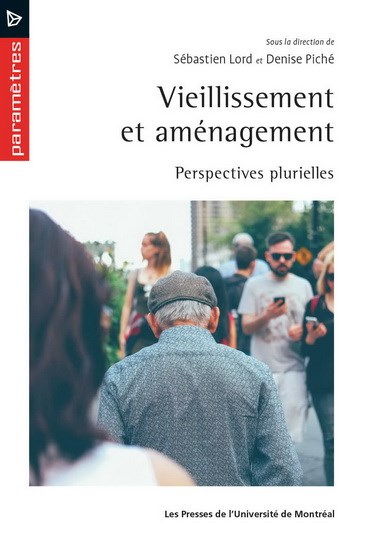The Homebound Services department of the Ottawa Public Library has been bringing the library to the community since 1971. With approximately 500 customers served every month, the department is always busy selecting books and other library materials to brighten people’s days. This service brings the library to customers who aren’t able to come in on a regular basis due to mobility issues related to age, illness or disability. They deliver books and other library materials to customers in their own homes as well as retirement homes and long-term care facilities all around Ottawa.
Homebound Services offers two main types of service; a “mini library” or pop-up library service which is offered in 14 retirement residences in Ottawa, as well as a selection and delivery service. For the mini library service, staff members visit each retirement residence once every month. They bring a laptop and bins of approximately 200 books and DVDs for customers to browse and check out. Customers can also place holds and ask for recommendations or get help with eBooks or audiobooks. Other customers outside of the 14 mini library locations receive personalized selection of their materials each month by dedicated staff, and delivery right to their door. Selections are made after a discussion with the customer about what their interests are and what format of materials they would like (i.e large print, DVDs, audiobooks).


